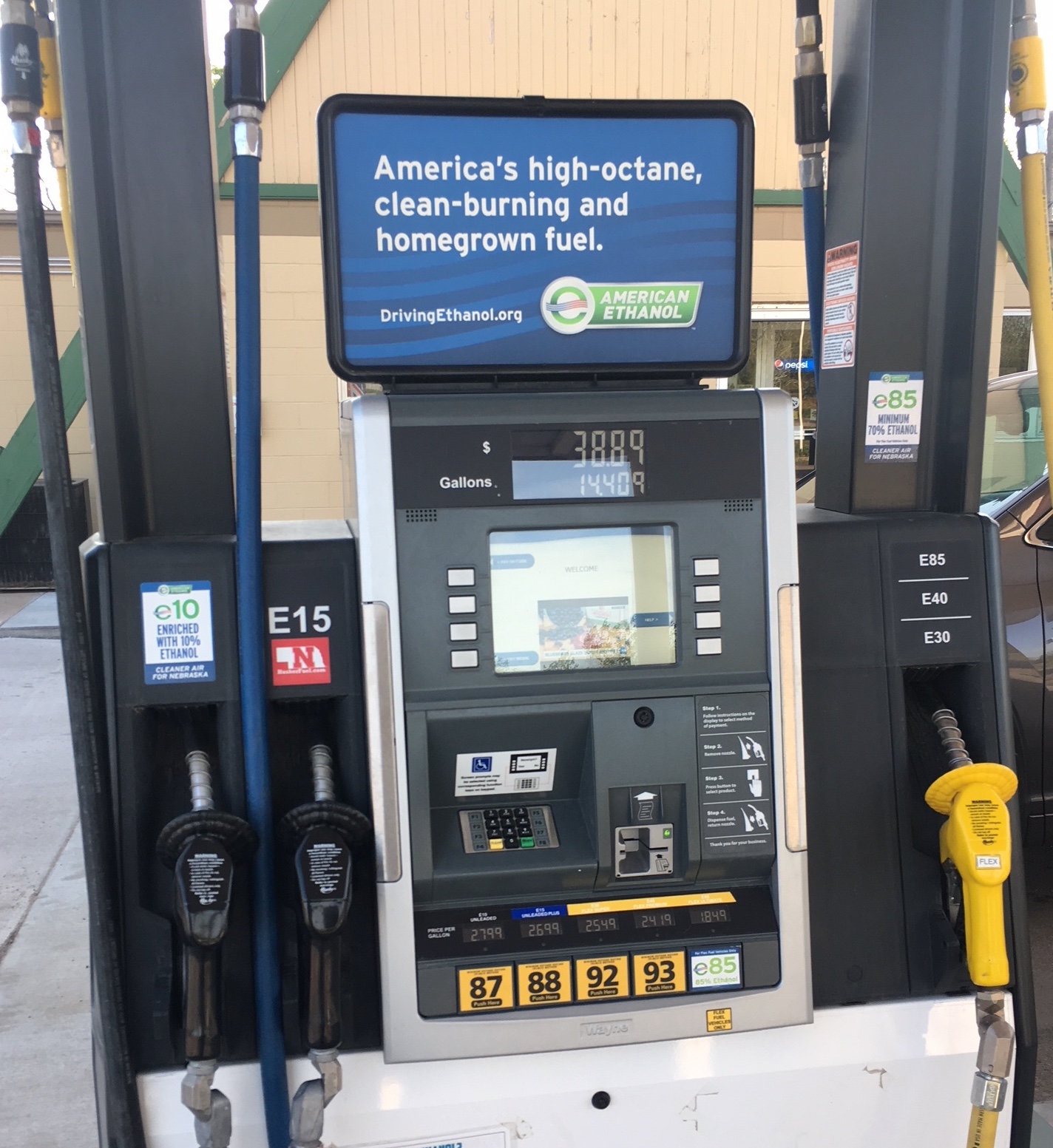Midlands Voices: Ethanol offers a cleaner choice for fuel
By Steve Wellman - Director, Nebraska Department of Agriculture

The recent rise in gasoline prices and oil imports is an important reminder for consumers to take a closer look at their options when filling up at the pump. This summer driving season, ethanol blends are becoming an increasingly competitive alternative to unblended gasoline because of their lower price and clean air benefits. The most credible research and scientific evidence continues to reinforce that ethanol is a cleaner, cheaper alternative than traditional petroleum products.
Here’s a little context around consumer choice and ethanol. To give American consumers more choices and give ethanol producers access to traditional fuel-delivery infrastructure, Congress created the Renewable Fuel Standard, which requires oil refineries to use renewable fuels in a small portion of the gasoline sold in the United States. The goal of this new standard was to provide cleaner-burning, lower-cost, renewable fuels to American motorists.
The Renewable Fuel Standard is not a mandate for corn ethanol. The law helps create jobs, revive rural economies, reduce oil imports, lower gas prices, reduce air pollution and cut greenhouse gas emissions.
Since the adoption of the RFS in 2007, corn production is up 12 percent nationally, while land dedicated to growing corn is down 3 percent. Farm conservation practices, along with improved genetics and biotechnology, allow farmers to increase corn yields while reducing emissions.
According to a recent USDA study, renewable ethanol is cleaner than ever — greenhouse gas emissions associated with ethanol are 43 percent lower than gasoline. The agency also found that even using conservative estimates, for every 1 BTU (British Thermal Unit) used in making ethanol, 2.1 BTUs are produced.
According to the American Lung Association, up to 70 percent of ozone-forming pollutants come from transportation fuels. Gasoline contains as many as 300 different chemicals. Many of these chemicals are used to increase octane — but some are known or suspected to cause cancer. Higher blends of ethanol dilute the level of toxic additives in our fuel, which helps reduce pollution and the threat to public health.
A gallon of ethanol does produce less energy than a gallon of gasoline, but the higher octane rating of ethanol means it burns more efficiently. By using cleaner-burning, high-octane ethanol fuels in high-compression engines, automakers can continue to achieve higher efficiency and increased fuel economy, while reducing carbon emissions.
According to the U.S. Department of Energy, the Renewable Fuel Standard reduced motor fuel greenhouse gas emissions by 43.5 metric tons in 2016; that is equivalent to removing 9 million cars from the road for an entire year.
The U.S. Environmental Protection Agency approved E15 for use in all vehicles 2001 and newer, which is roughly 90 percent of all vehicles on the road today. Automakers continue to approve E15, with 90 percent of 2018 model year vehicles explicitly approved by the manufacturer to use E15.
In the six years since the EPA formally approved E15, American drivers have logged more than 2.2 billion miles on the fuel without a single reported case of engine damage or inferior performance. E15 is typically priced 5 to 10 cents lower than regular unleaded, so American drivers are saving millions of dollars by choosing a cleaner-burning fuel. Allowing E15 into the marketplace is not a mandate, but it offers consumers another renewable, lower-cost choice at the pump. The environment, the economy and our health are well served by a move to more ethanol-blended fuel.
Back to News
